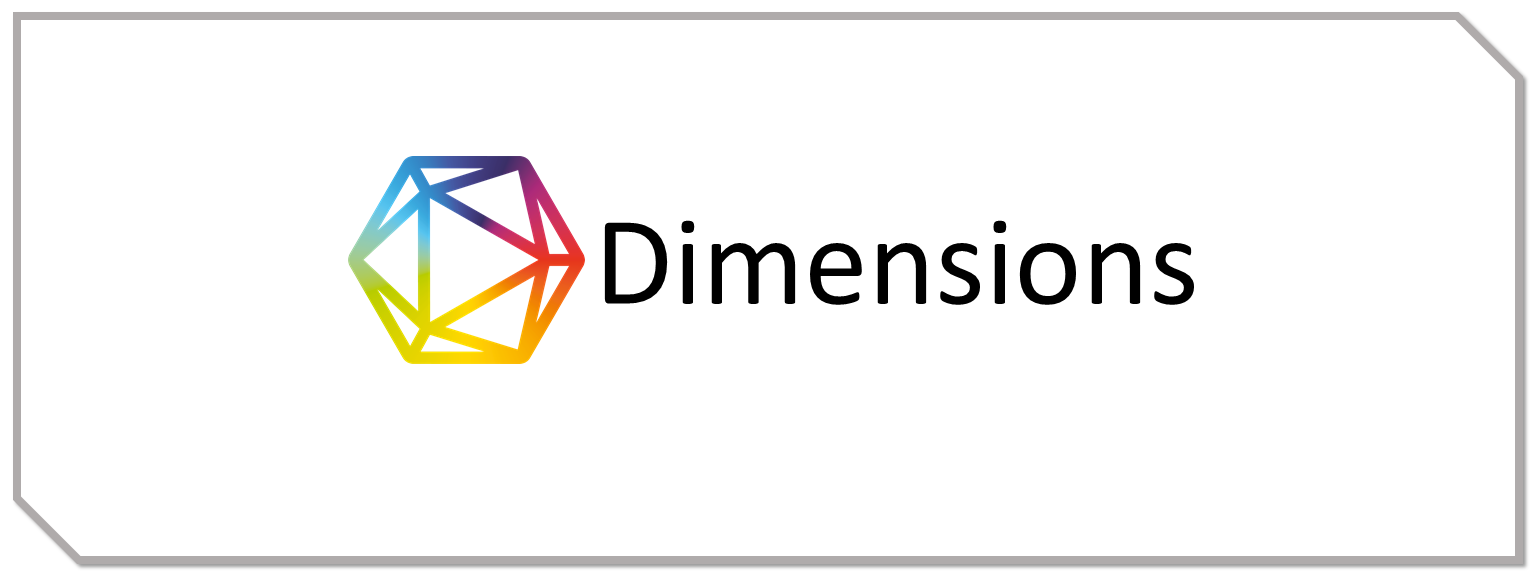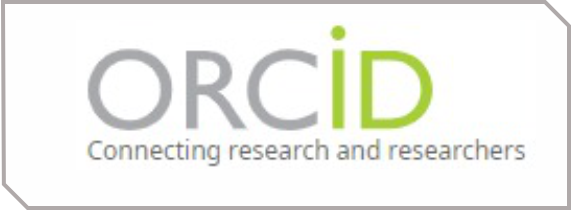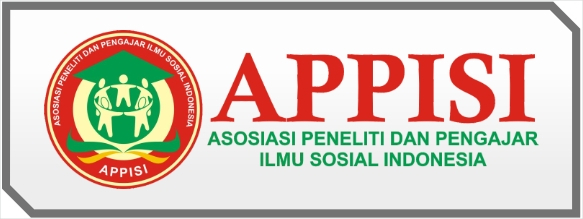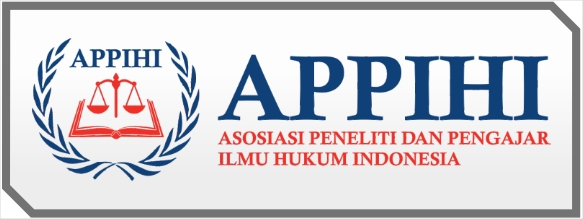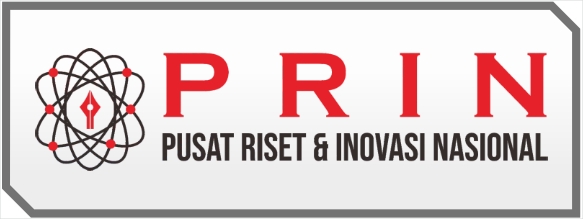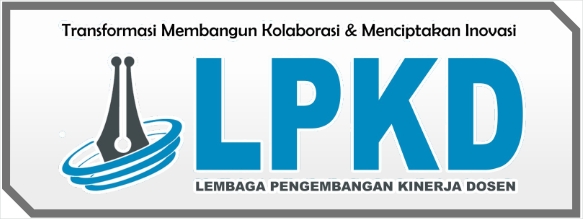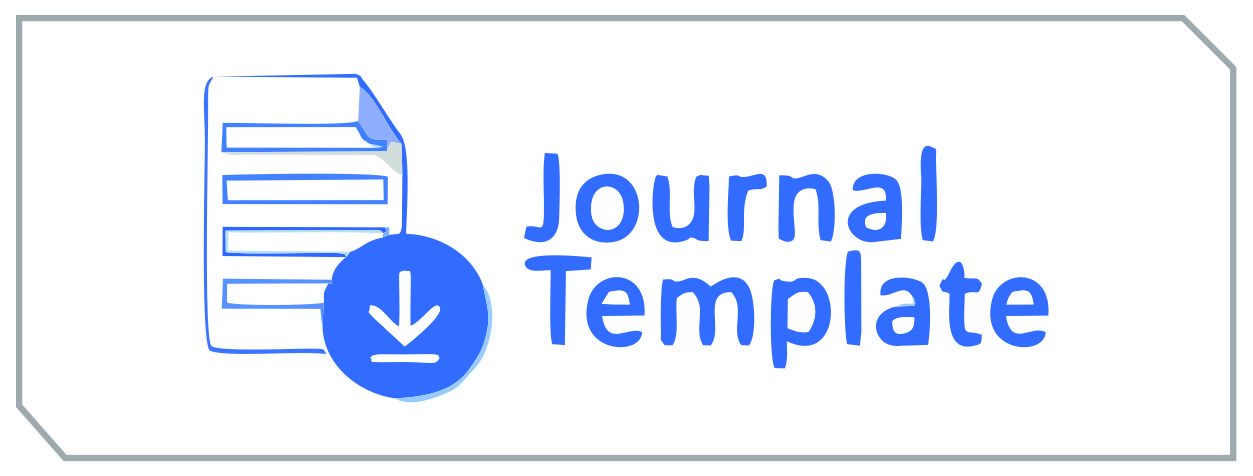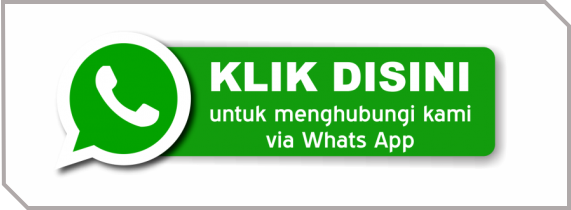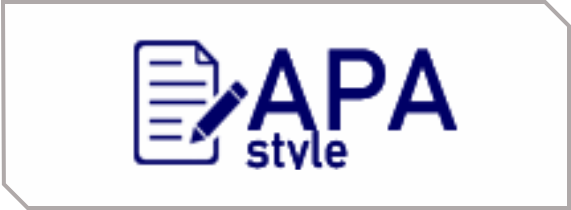Analysis of Data Collection and Measurement of Progress in The English Education Curriculum
DOI:
https://doi.org/10.55606/cendikia.v3i3.1427Keywords:
analysis, data collection, measurement, english education curriculumAbstract
This article analyzes the importance of data collection and measurement of progress in the English education curriculum. Accurate data collection and effective measurement methods play an important role in evaluating the effectiveness of the English education curriculum. Some of the relevant data collection methods include tests and examinations, use of portfolios, and class observations. Meanwhile, progress measurement methods include grades, performance scales, formative tests, project assessments, and self-evaluations. By using these methods, teachers can get comprehensive information about students' progress in English, which can then be used to design appropriate teaching strategies. Accurate data collection and effective measurement of progress will provide significant benefits in improving students' English learning
References
Aan Komariah, Djam’an Satori. 2009.Metode Penelitian Kualitatif. Bandung, Alfabeta.
Sugiyono. (2013). Metode Penelitian Kuantitatif, Kualitatif dan R&D. Bandung: Alfabeta.CV Brown, H. D. (2019). Language Assessment: Principles and Classroom Practices. Pearson Education.
Bachman, L. F., & Palmer, A. S. (2010). Language Assessment in Practice: Developing Language Assessments and Justifying their Use in the Real World. Oxford University Press.
Alderson, J. C. (2005). Diagnosing Foreign Language Proficiency: The Interface between Learning and Assessment. Continuum.
Hughes, A. (2003). Testing for Language Teachers (2nd ed.). Cambridge University Press.
McNamara, T. (2000). Language Testing. Oxford University Press.
Shohamy, E. (2001). The Power of Tests: A Critical Perspective on the Uses of Language Tests. Pearson Education.
Taylor, L. (2013). Language Assessment Literacy: Theory and Practice. Springer.
Green, A. (2014). Exploring Language Assessment and Testing: Language in Action. Routledge.
Elder, C., & O'Loughlin, K. (2003). Language Assessment in Action: Developing Language Assessments and Justifying their Use in the Real World. Language Australia.
Lynch, B. K. (2013). Language Assessment and Program Evaluation. Routledge.
Cheng, L., Watanabe, Y., & Curtis, A. (2004). Washback in Language Testing: Research Contexts and Methods. Routledge.
McNamara, T. (2013). Second Language Assessment. Multilingual Matters.
Norris, J. M., & Brown, J. D. (2017). Teachers' Perspectives on Classroom Assessment:
Implications for Language Education. Cambridge University Press.
Xi, X. (2019). Language Assessment and Program Evaluation: A Field Guide for Teachers. Cambridge Scholars Publishing.
McNamara, T. (2006). Measuring Second Language Performance. Pearson Education.
Chapelle, C. A., Enright, M. K., & Jamieson, J. M. (2008). Building a Validity Argument for the Test of English as a Foreign Language Routledge.
Norris, J. M. (2014). Task-Based Language Assessment: Practice and Theory. Cambridge University Press.
Hughes, A. (2011). Testing for Language Teachers (3rd ed.). Cambridge University Press.
Weigle, S. C. (2014). Assessing Writing. Cambridge University Press.
Taylor, L. (2018). Assessing Language through Computer Technology. Cambridge Scholars Publishing.
Spolsky, B. (2012). The Cambridge Handbook of Language Policy. Cambridge University Press.
Riduwan. 2010. Skala Pengukuran Variabel-variabel Penelitian. Bandung:
Alfabeta.







